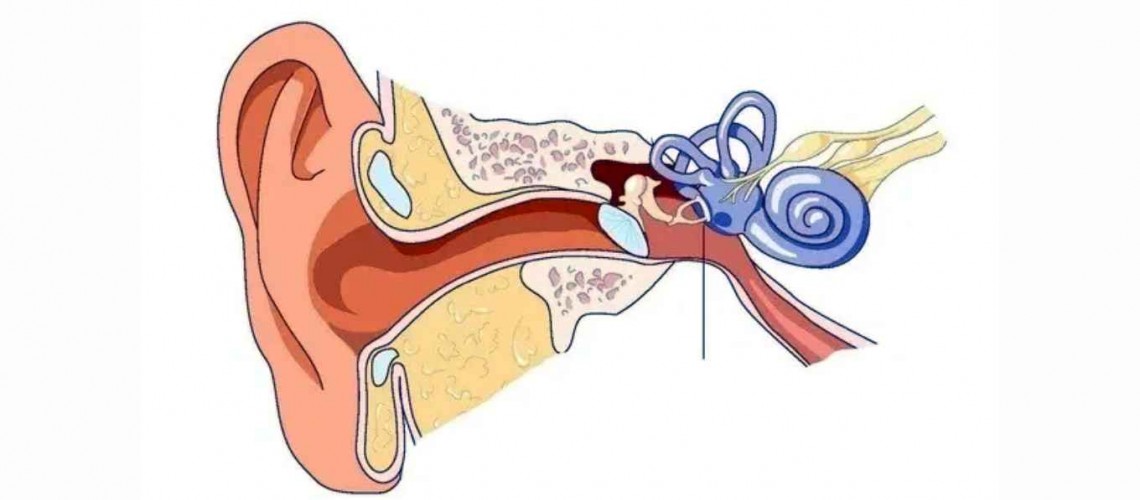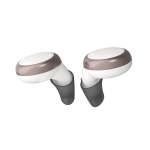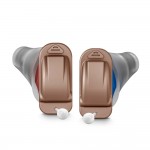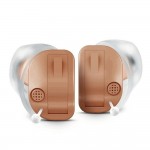Understanding Mixed Hearing Loss: A Comprehensive Guide

Understanding Mixed Hearing Loss: A Comprehensive Guide
Hearing loss can take different forms, from sensorineural to
conductive. But there's a unique type called mixed hearing loss, which combines
elements of both. In this guide, we'll explore the intricacies of mixed hearing loss, including its causes, symptoms, and treatments. Whether you're dealing
with this condition yourself or seeking information to help others, this
article provides essential insights.
Demystifying Mixed Hearing Loss:
Mixed hearing loss combines sensorineural and conductive
hearing loss into a single entity. It's important to understand this unique
condition to address it effectively.
Sensorineural Hearing Loss: Gradual Decline
This type involves the deterioration of the cochlea, a
spiral-shaped structure in the inner ear. Hair cells in the cochlea capture
sound, but when they degrade, hearing diminishes. Sensorineural hearing loss
typically occurs gradually and can affect specific sounds or frequencies.
Although it's mostly irreversible, solutions like hearing aids and cochlear
implants can help.
Conductive Hearing Loss: Identifying the Causes
Conductive hearing loss indicates an obstruction in the
middle ear, hindering sound transmission. Causes can vary from benign issues
like earwax to more serious problems like bone growth or tumors. Depending on
the cause, conductive hearing loss can often be treated to restore hearing.
Navigating Mixed Hearing Loss: Recognizing Symptoms
Symptoms of mixed hearing loss differ depending on its
severity. They encompass both sensorineural and conductive aspects, creating a
complex hearing challenge.
Sensorineural Hearing Loss Symptoms
- Bilateral Hearing Loss: Affects both ears.
- Difficulty in Noisy Environments: Difficulty hearing speech
in noisy places (the "cocktail party" effect).
- Inability to Hear Certain Sounds: Struggles with
high-pitched sounds, including consonants.
- Tinnitus: Ringing, buzzing, humming, or roaring in the ears.
- High-Frequency Hearing Difficulty: Difficulty hearing
high-pitched sounds.
Conductive Hearing Loss Symptoms:
- Asymmetrical Hearing Loss: Hearing varies significantly
between ears.
- Ear Pressure or Pain: Feeling pressure, pain, or fullness in
one or both ears.
- Unusual Odors or Ear Discharge: Noticing strange odors or
ear canal leakage.
- Altered Self-Perception of Voice: Hearing one's voice
differently.
- Mental and Emotional Effects: Untreated hearing loss can
lead to irritability, social withdrawal, depression, and mental fatigue.
When symptoms from both lists occur together, it suggests mixed hearing loss, requiring specific treatment considerations.

Causes of Mixed Hearing Loss: Uncovering the Reasons
Understanding the causes of mixed hearing loss is crucial
for prevention and management. While sensorineural hearing loss is primarily
linked to noise exposure, conductive hearing loss can result from various
factors, including bone growth abnormalities, infections, earwax buildup, and
more.
Treatment: A Comprehensive Approach
Managing mixed hearing loss involves a multi-step strategy.
Both sensorineural and conductive components need individual attention.
Diagnosis starts with a mixed hearing loss audiogram. Identifying the causes of
conductive hearing loss is the next step. Procedures or antibiotics may be
required to remove blockages, tumors, or infections.
Although sensorineural hearing loss is often permanent,
modern hearing aids offer significant relief. Once conductive hearing loss is
managed, hearing aids can enhance auditory perception and improve the quality
of life for those with mixed hearing loss.
Navigating the Complex Symphony of Mixed Hearing Loss
Mixed hearing loss presents a complex auditory challenge.
With knowledge and contemporary solutions, individuals can harmonize their
auditory experiences and regain the beauty of sound in their lives. For more
information visit www.aanviihearing.com or call us at 96 5839 5839

















